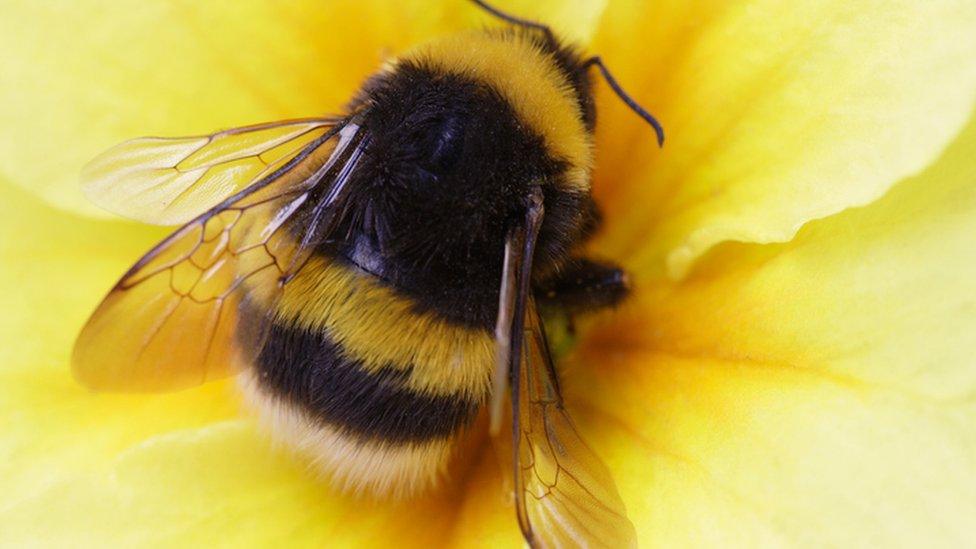European bumblebee population could fall drastically due to climate change and habitat loss
- Published
- comments
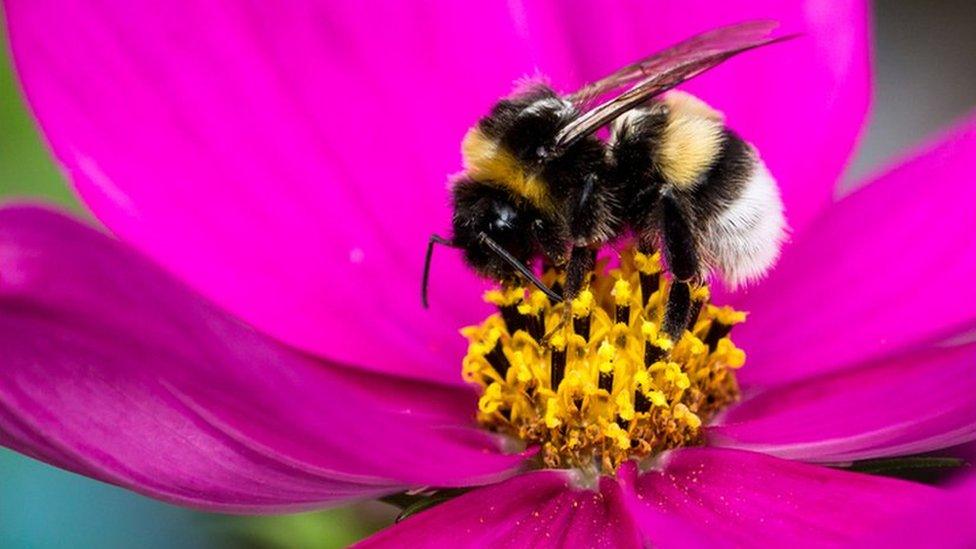
Scientists are warning that populations of European bumblebees could fall drastically in the coming decades due to climate change and habitat loss.
Europe currently has 68 different species of bumblebees that play a crucial role in pollinating crops and wild plants.
However, they are used to the cooler temperatures of the Northern Hemisphere, and a warming world, caused by human activities, is putting them increasingly under threat.
The Experts' report predicts that bumblebee species found in the Arctic and those living high up in mountainous regions may even be pushed to the edge of extinction.
Lead author of the study Guillaume Ghisbain said: "The survival of bumblebees will ultimately depend on how we protect our natural habitats and climates at a large scale."
What's the buzz about bees?
WATCH: Why are bees so important?
A third of the world's food production depends on bees.
Bees pollinate (a process vital for growing crops) three quarters (75%) of leading global crops, including oilseed rape, apples, soft fruits and beans.
Bees are vital for maintaining the balance between living organisms such as human beings, plants, and animals as well as their environment.
They also help to reduce pollution.
Scientific studies have proven that bees have become increasingly endangered. The UN says one million species face extinction in a report released in 2015.
What did scientists find?
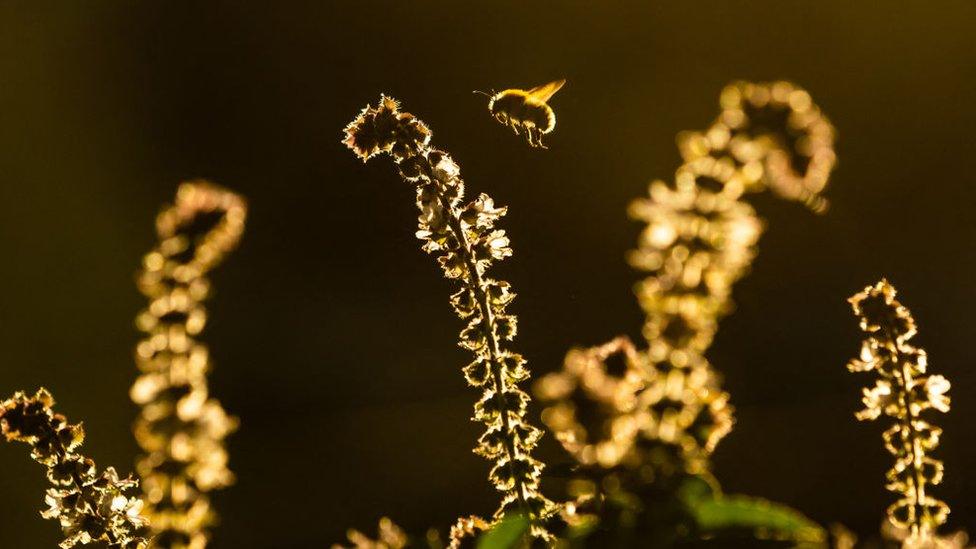
A team of Belgian researchers collected past and present data on 46 bumblebee species across Europe and also looked at the latest climate change forecasts as well as predictions of changes in land use.
The lead author Mr Ghisbain said in the worst-case scenario "up to 75 percent of bumblebee species which are not currently threatened will see their distribution area shrink 30 percent by 2061-2080".
This means that most of the European bumblebees, currently classified as of "least concern" on the IUCN's list of threatened species, could fall into the endangered category.
Part of the forecasted decline is due to how land is expected to be used in the next half century.
Bumblebees can flaps their wings more than 200 times per second!
Climate change is also a threat to bumblebees.
Droughts, which are made more frequent and severe by a warming climate, cause a reduction in the number of plants that bumblebees rely on.
Heatwaves intensified by global warming are also a threat, as the majority of bumblebee species are particularly sensitive to heat.
What can YOU do to help bees?
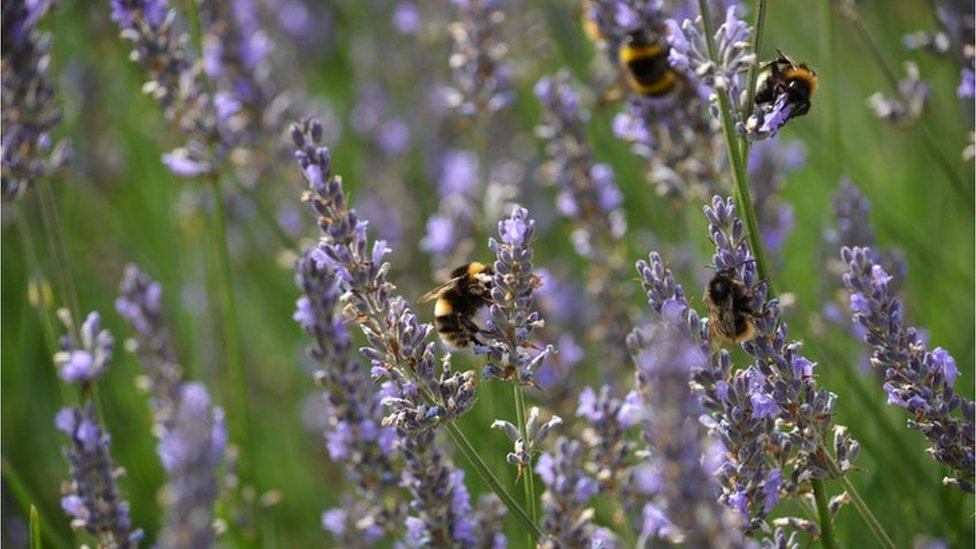
Planting bee-friendly plants like heather and daisies and red clover on balconies, terraces, and in gardens can help
Leaving sections of the garden wild and letting the grass grow long gives the bees a place to shelter
Create a bee hotel for your garden's bee population
Leaving a small dish with a few pebbles and shallow water in can help if a bee is thirsty
There are also special bricks which bees can live in
Don't use pesticides as they are really harmful to bees
Buy honey and other hive products from your nearest local beekeeper
- Published30 October 2022
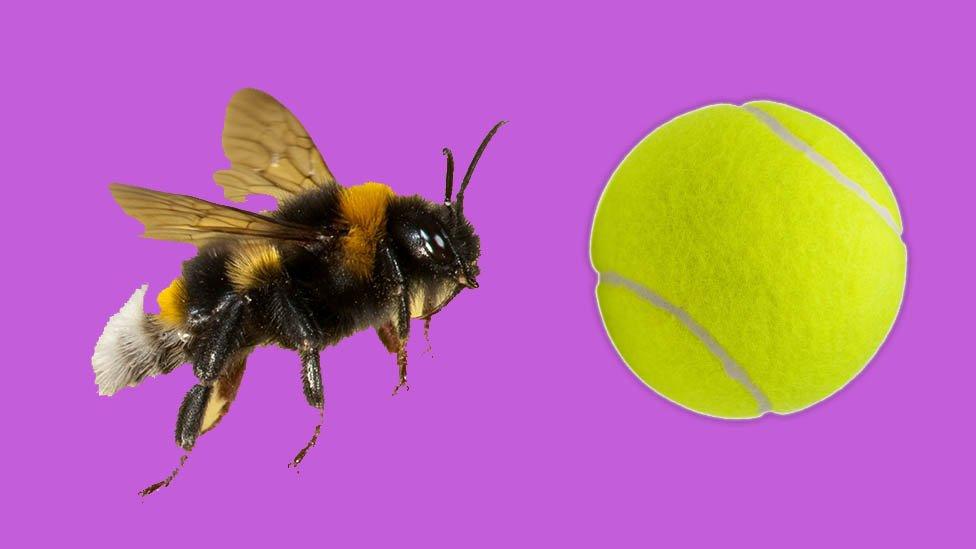
- Published20 May 2024

- Published23 March 2022
